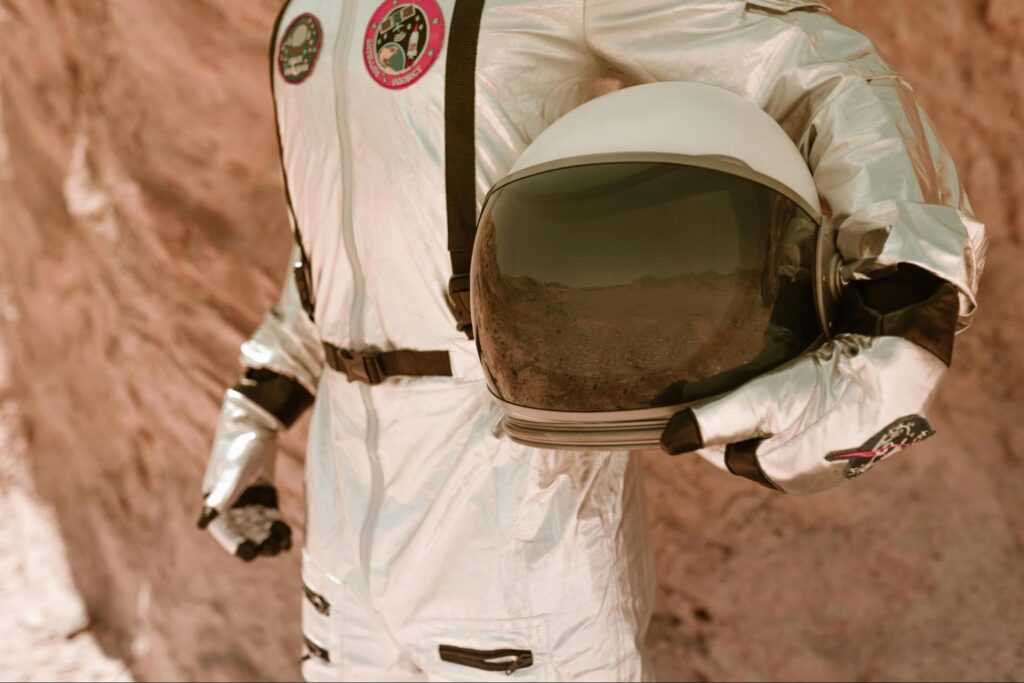The Selfie That Took Off
If you’ve been online lately, chances are you’ve seen it: an astronaut floating above Earth, snapping a selfie. It’s been reposted, memed, and dropped into group chats everywhere. People are treating it like the internet’s latest inside joke, remixing the reflection in the helmet with random images or funny captions.
The speed of its spread feels familiar. The same energy that keeps people clicking into unpredictable online experiences, like the lightning storm game online, also fuels how quickly something like this image takes over feeds. But what makes one photo explode while thousands of others just disappear into the scroll?
Why This One Stands Out
Most selfies we see online are grounded in the everyday—someone at a party, on vacation, in their car. The astronaut selfie flips that. It’s still personal, still the act of holding up a camera, but the backdrop is Earth itself. That contrast is what hooks you right away.
There’s also a layer of projection going on. The helmet covers the astronaut’s face, so the person feels anonymous. You almost imagine yourself in their place. It’s a selfie anyone could see themselves taking, if they somehow ended up in space.
Virality in Motion
For something to go viral, three things usually have to line up: timing, relatability, and adaptability. The astronaut selfie checks all three.
- Timing: Space has been in the spotlight lately. More launches, more headlines, more documentaries—it’s already on people’s minds.
- Relatability: Everyone understands the selfie. Putting one in orbit makes it both familiar and strange.
- Adaptability: The image is perfect meme material. People keep editing the helmet reflection, swapping in landscapes, jokes, or random cultural references. Each remix gives the photo new life.
That’s how it went from “cool space pic” to a global meme in a matter of days.
Memes as Fuel
Memes are like oxygen for viral content. Without them, most images fade fast. With them, an idea keeps mutating until it feels like everyone’s in on the same joke.
The astronaut selfie became a blank canvas. One version has a cat reflected in the visor. Another shows a beach, or a pizza, or a famous scene from a movie. None of these kill the original image. They just keep it moving, keep it funny, keep it shareable.
Bigger Than Just a Joke
Of course, there’s more going on here than memes. Space has always carried weight in human imagination. It represents exploration, mystery, and scale. When someone takes a casual selfie in that context, it shifts how we think about both the ordinary and the extraordinary.
There’s something slightly disorienting about it. The most everyday gesture—snapping a photo of yourself—is happening in one of the most extreme environments imaginable. That tension makes people stop and think, even as they laugh at the edits.
The Social Media Machine
Then there’s the role of platforms themselves. Social media rewards novelty. Algorithms push content that stands out, and this image is impossible to scroll past.
Once enough people engage, virality becomes its own engine. People share it just because everyone else is. No one wants to be the person who “missed” the astronaut selfie. It becomes less about the photo itself and more about being part of the conversation around it.
Why It Matters
You could brush this off as another fleeting trend, but it reveals a lot about how online culture works. The astronaut selfie shows that people don’t just want to consume—they want to remix, reinterpret, and be part of the process.
It also shows how cultural symbols shift. The astronaut, once a symbol of exploration and science, is now also a meme template. That’s not trivial. It says something about how quickly the internet can reframe meaning.
Wrapping It Up
The astronaut selfie might fade in a few weeks, but the reasons behind its success aren’t going anywhere. We like things that feel both familiar and new. We like images that can be reshaped into jokes. And we like content that makes us feel part of something bigger, even if it’s just a trending meme.
So the next time your feed is full of astronauts—or whatever comes next—it’s worth remembering: virality isn’t random. It’s a mix of timing, relatability, and how much room something gives people to play with it. The astronaut selfie just happened to get that formula exactly right.
